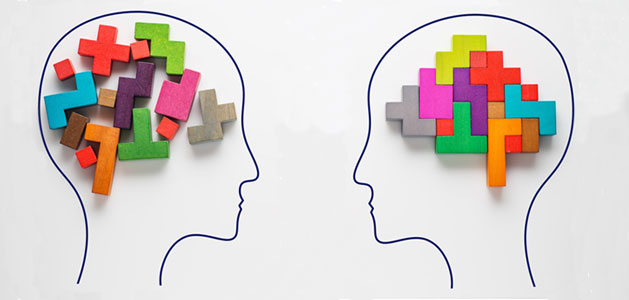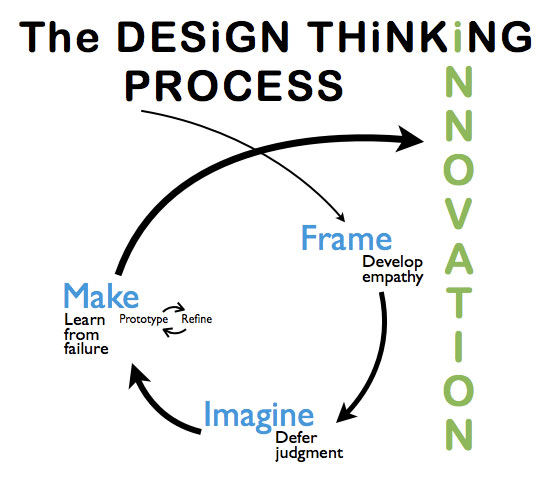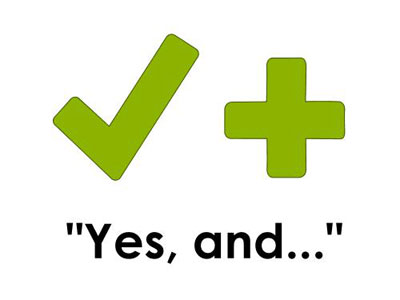

One of the most challenging parts of design thinking is how to integrate it into content area learning, and in particular, into STEAM education. Our team at Lime Design collaborated with the Santa Clara County Office of Education’s STEAM Initiative led by Esther Tokihiro to develop a professional learning opportunity that focused on three main areas:
The result of our collaboration was a year-long professional development program called the Serendipity Design-Thinking Lab.
We worked with educators six times over the course of a year; each session consisting of a full day experiential learning opportunity followed by a half-day where participants would take what they learned and begin crafting activities to implement in their classrooms. The focus of each session was structured around a different phase of the design thinking process and/or mindsets.

We launched with a day-long immersion in design thinking at San Francisco’s Exploratorium. The provocative setting of this inquiry-based museum experience encourages curiosity and questioning and provided a perfect space to begin our learning journey.
The teachers dove into a design challenge where they learned how to frame a problem and develop empathy, how to conduct ethnographic interviews, how to analyze and synthesize qualitative data, how to understand user needs, how to generate solutions, and how to build and test prototypes as they moved through the different phases of the design thinking process.
Drew Merit, a visual capture artist, taught our cohort how to sketch and communicate visually. We gave our teachers journals as a tool for reflection on their individual journeys throughout the program.
During our next full-day workshop, we headed to a local college for an Empathy Road Trip where participants interviewed people around the campus about their experience and then analyze and synthesize the data they collected. Our teachers learned how to use design thinking tools like Empathy Maps and Point of View Statements to help them discover unarticulated needs and insights.
Teachers returned to their classrooms and used empathy in a variety of ways. Some conducted interviews of their students or colleagues. Others taught their students how to conduct interviews and integrated this with the content their students were learning. They used Empathy Maps and Point-of-View Statements to help students engage more meaningfully with text and to try to understand diverse perspectives.
We held our third full-day Imagine training at Jabil's Blue Sky Innovation Center which provides space, tools, and ideas to move ideas from incubation to prototype to finished products. Lisa Rowland, an artist skilled in improv, led teacher through a series of activities to help our teachers practice and employ the mindset of “Yes, and.”

Our half-day follow-up began with teachers reflecting on our day at Jabil. They shared their reflections and how they thought they could contribute to the cohort. Teachers then got together and began collaborative activity and lesson building. Participants shared their ideas in the middle of our time together, and after hearing new ideas, they returned to their group to iterate on their ideas and activities.
We partnered with Maker Ed, where Stephanie Chang led our teachers through four stations rotations, helping teachers embrace the “Make” component of the design thinking process:
These station rotations helped teachers build the mindset of learning from failure and realize how creativity can flourish within constraints.
Our Saturday session took place at RAFT (Resource Area for Teaching). Teachers explored RAFT’s abundance of donated and recycled supplies, STEAM kits, and lesson plans and designed STEM and design thinking activities to take back to their classrooms.
We used the fifth session as a pause point, focusing on mindfulness and the role it plays in learning. We began our day with a meditation in a eucalyptus grove at a local university and then an took Erik Olesand and Tania Annasie’s Inspiration Walk.
Teachers continued to explore campus and observe how learning was occurring; reflecting on the modes of learning they observed with prompts like:
We ended our day at the California Jazz Conservatory where Susan Muscarella, the President and Dean of Instruction, bassist Jeff Denson and drummer Alan Hall provided us with a fascinating look into the world of jazz improvisation. Teachers left thinking about how they might incorporate these processes this into their classroom learning experiences.
Our Saturday session was held at the global software company, SAP, where we toured through different parts of their innovative space and Laura Pickel, a Design Thinking Curriculum Designer, gave us a vision of how space can impact culture. Our teachers then worked on creating activities focused on mindfulness, inspiration and space.
We held our final session at 3 Steves Winery where one of the Steve’s, Steve Burman, introduced us to wine-making and shared his journey from the corporate world to his current passion. We gave the teachers large maps that highlighted all the places we had traveled, and they constructed artifacts that summarized what they had learned over the year-long program.
As the designers of this pilot program we learned quite a bit. We approached this professional development as a prototype. It hadn’t been done before and we believed that there was much to learn. Our goal was always to use what we learned to make the next iteration stronger.
Our year-long process provided an opportunity to practice what had been learned. Our teachers had an opportunity to reflect on the learnings from each session and then apply them before the next session. Because design thinking is essentially about culture change, this was critically important.
Because design thinking is content neutral, it seems like it would be easy to integrate it into different disciplines. One of the best ways to meet this challenge is to have a multi-disciplinary cohort. Our teachers learned from each other and built a very supportive community of practice. For example, they discussed what empathy might look like in a math lesson for a 3rd grade student and for an 8th grade student. Or how prototyping could change the mindset of a student in a science classroom and a in a language arts classroom. They created STEAM/Design Thinking lesson plans that emerged from sharing questions and ideas about how this could be applied to support their students’ learning.
In order to build future-ready students we need to have future-ready educators. Yet teachers often do not have the time and/or resources to explore the ever-changing world of the workplace. These kinds of relationships are beneficial for teachers, students, and community organizations. Through this work, we learned the importance of building partnerships.
We wanted our teachers to have access to the astounding resources that surround us. We spent time outdoors and indoors, saw innovative pieces of art, and heard inspirational music. Being intentional about where we wanted to go was an important part of our program design.
We learned that where we were mattered and saw evidence of the connection between space and culture. It was critical to think of the kinds of experiences we wanted to create, and to be intentional about the spaces that we worked in. Sometimes we think of space as simply a backdrop, but in our program, we learned just how much it really matters.
Our Serendipity Design-Thinking Lab professional development adventure helped educators discover many aspects of design thinking, STEAM, and the best ways to integrate these together to improve classroom learning. We trusted in the passion, energy, and creativity of the forty-eight teachers we were lucky enough to share this journey with, and we know that we learned as much from them as we taught them.

Follow us on Instagram for daily inspiration

Create a thought web, cluster, flowchart, or other graphic organizer for a lesson
8 first projects to get students using technology
Creative, digital book reviews
Fun and powerful ideas with animated characters

Wixie
Share your ideas, imagination, and understanding through writing, art, voice, and video.

Rubric Maker
Create custom rubrics for your classroom.

Pics4Learning
A curated, copyright-friendly image library that is safe and free for education.

Wriddle
Write, record, and illustrate a sentence.

Get creative classroom ideas delivered straight to your inbox once a month.
Topics